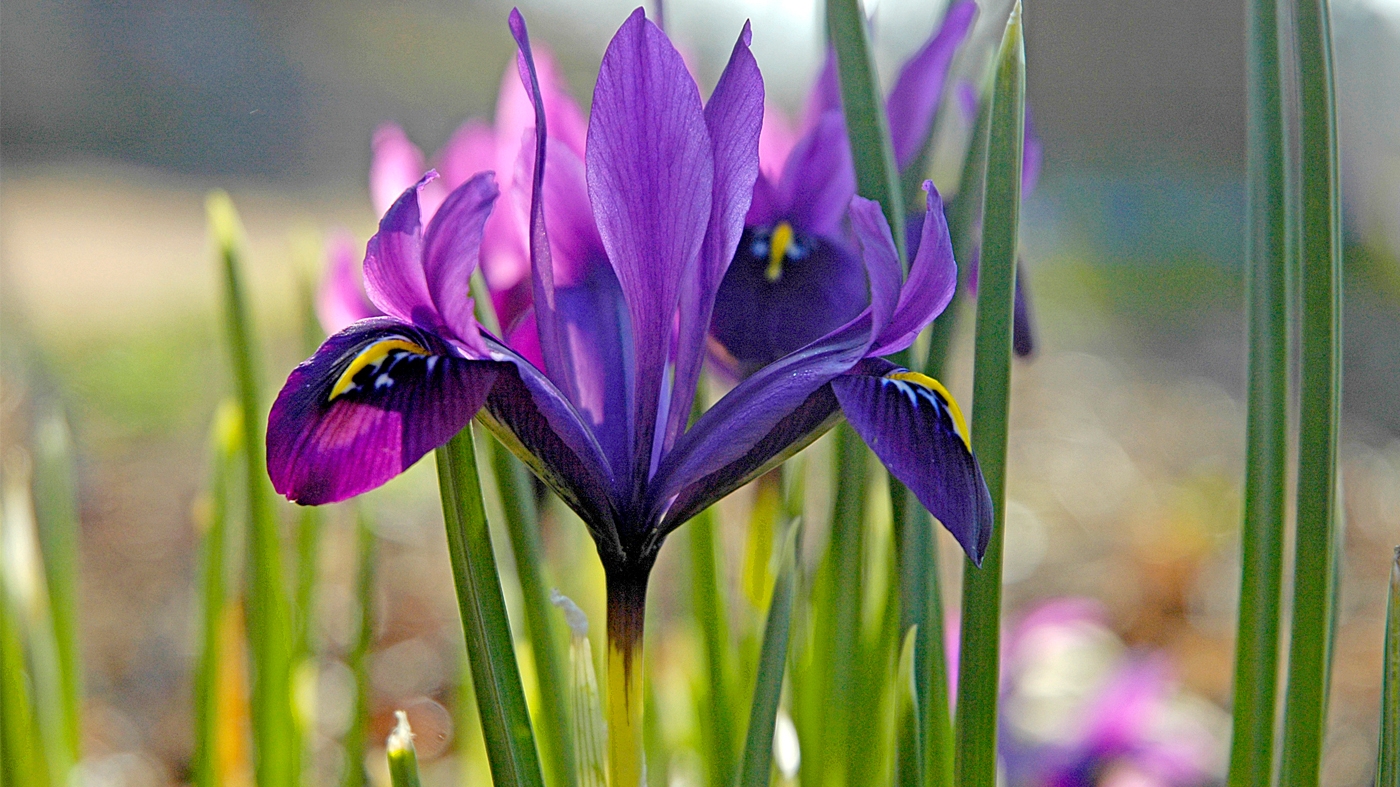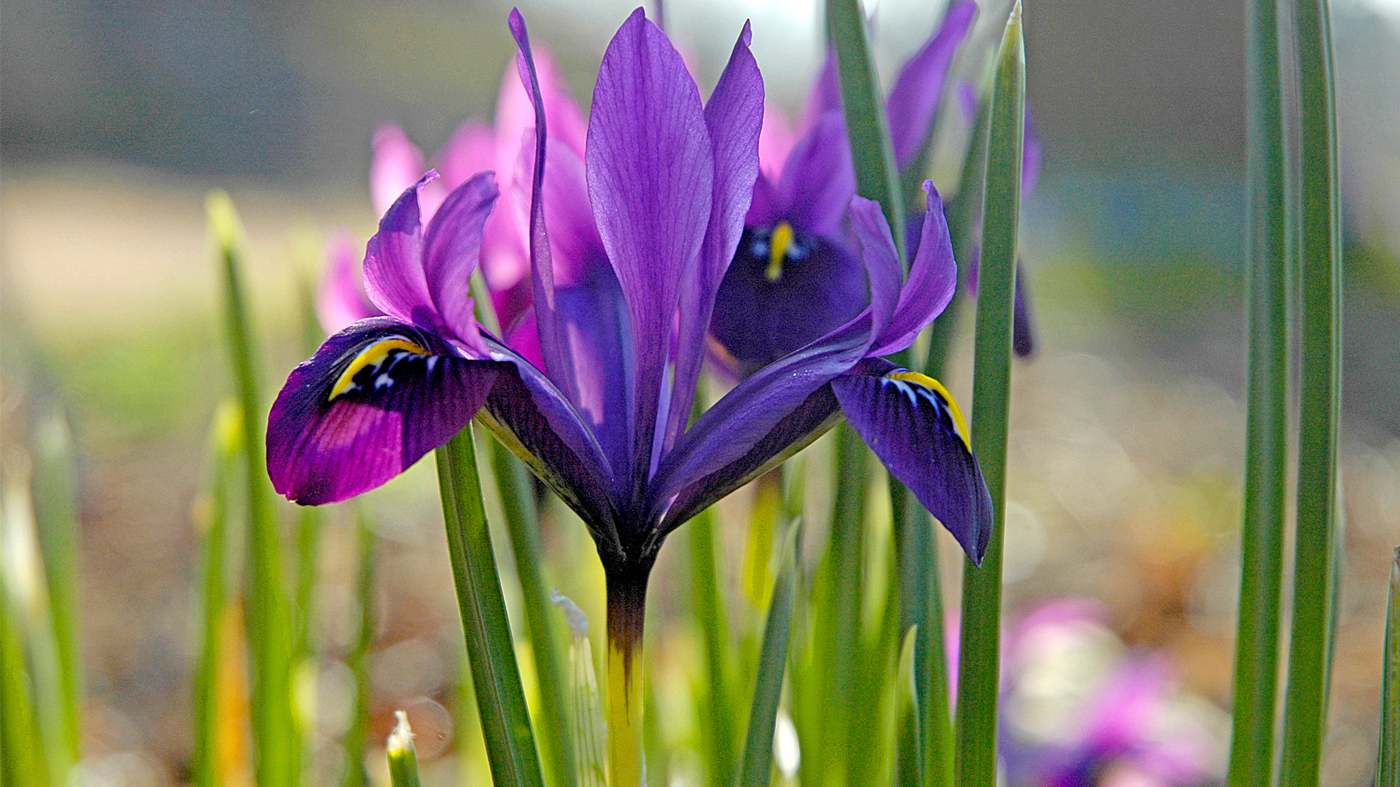
42.14294815, -87.78515625
42.14568329, -87.79033661
42.14570236, -87.7903595
42.14570618, -87.79032135
42.14570999, -87.79034424
42.14572525, -87.79029083
42.14612961, -87.79097748
42.14622116, -87.79104614
42.14622116, -87.79100037
42.14624023, -87.79099274
42.14628601, -87.79103088
42.14629745, -87.79106903
42.14767075, -87.79032135
42.15103531, -87.79209137
42.15109253, -87.79212189
42.15117645, -87.79202271
42.1511879, -87.79521942
42.15121078, -87.79518127
42.15121078, -87.79208374
42.15131378, -87.79237366
42.15171814, -87.79491425
42.15197372, -87.79421234
42.15197754, -87.79425049
42.15199661, -87.79421234
Sweet Birch
When mature, the sweet birch has an open, rounded habit and can grow 40 to 50 feet tall. It is successful in naturalized areas or used as a shade tree. The sweet birch actually provides a lovely bloom of catkins just before leafing out in May. It has reliable yellow color in the fall and handsome dark, reddish-brown, glossy bark, with horizontal lines that make it attractive in the winter landscape. The twigs are fragrant and are a source of oil of wintergreen. Sweet birch is native to the eastern U.S.
The primary ornamental feature of birch trees is the bark. Many of the common names of birch trees refer to the color of the bark -- white, gray, yellow or red. Another signature bark characteristic is its habit of separating into thin sheets; Native Americans used this property to harvest the bark from fallen paperbark birch trees to make canoes, bowls and shelter -- practical as well as beautiful. A strong secondary ornamental feature is the usually colorful golden fall foliage. Given their preference for cool weather and acid soil and their susceptibility to bronze birch borer infestations, birch trees can be challenging to cultivate in the Chicago region.
The genus Betula includes an indeterminate number of species of the birch tree; estimates range from 30-60. They are native to the cooler, temperate and sub-polar regions of Asia, Europe and North America -- generally preferring long cold winters and short mild summers. The Chicago Botanic Garden's collection contains more than 40 varieties among its more than 500 birch trees.





